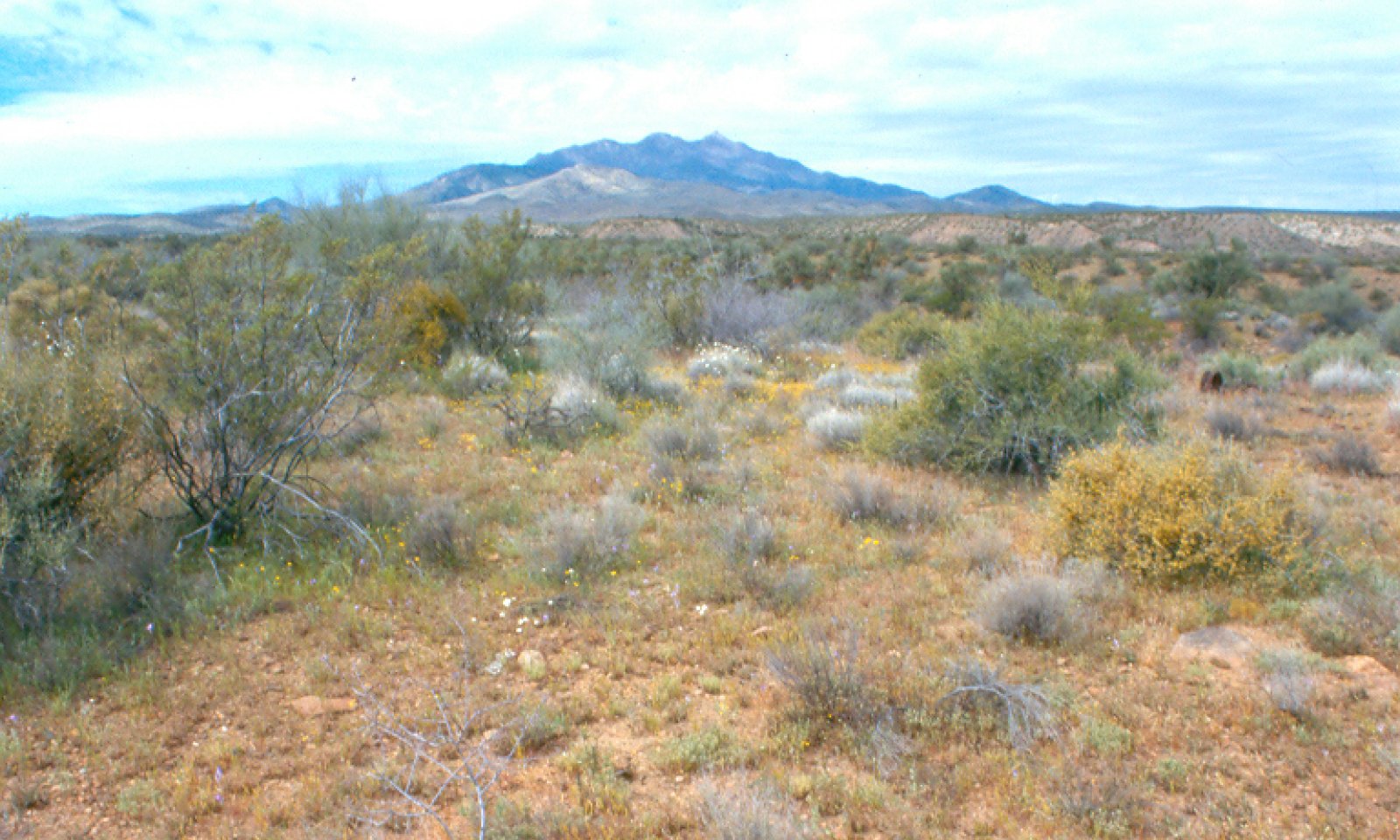
Clay Loam Upland 8-12" p.z.
Scenario model
Current ecosystem state
Select a state
Management practices/drivers
Select a transition or restoration pathway
- Transition T1A More details
- Transition T1B More details
- Restoration pathway R2A More details
- Transition T2A More details
- Transition T3A More details
- Restoration pathway R4A More details
- Restoration pathway R4B More details
-
No transition or restoration pathway between the selected states has been described
Target ecosystem state
Select a state
Submodel
Mechanism
Continous unmanaged grazing and/or a long-term dry weather cycle will negatively impact the perennial herbaceous component of the plant community. Shrubs will largely be unaffected and continue to expand in canopy cover. Climatic shift toward higher amounts of winter rainfall and lesser amounts summer rainfall favors shrub and, in particular, succulent growth.
Mechanism
Continous unmanaged grazing and repeated burning to remove undesirable old growth from tobosa. Some situations may have arisen from cultivation and abandonment of irrigated farming.
Mechanism
Managed grazing and, as needed, woody species control and/or native species seeding.
Relevant conservation practices
| Practice | External resources |
|---|---|
|
Brush Management |
|
|
Range Planting |
|
|
Upland Wildlife Habitat Management |
|
|
Prescribed Grazing |
Mechanism
Long-term unmanaged grazing negatively impacts above-ground herbaceous growth and causes soil compaction limiting root development. Animal trailing and soil surface compaction compound the affect of plant community changes (increased shrub/decreased perennial grass community) to increase surface water run-off.
Mechanism
Restoration of this state involves a mechanical woody species control and native herbaceous species planting plus control structures to inhibit gully and rill erosion.
Relevant conservation practices
| Practice | External resources |
|---|---|
|
Brush Management |
|
|
Critical Area Planting |
|
|
Grade Stabilization Structure |
|
|
Access Control |
|
|
Grazing Land Mechanical Treatment |
|
|
Range Planting |
|
|
Heavy Use Area Protection |
|
|
Upland Wildlife Habitat Management |
|
|
Grade Stabilization Structure-Tire Bales |
|
|
Prescribed Grazing |
Mechanism
Restoration of this state involves a broad spectrum approach to slow erosion and provide short-term infiltration during native seed (in situ or planted) establishment. Projects involve treating the compacted areas with contour ripping, mulching, and native seed planting; rills and gullies should be treated with mechanical control structures.
Relevant conservation practices
| Practice | External resources |
|---|---|
|
Brush Management |
|
|
Critical Area Planting |
|
|
Grade Stabilization Structure |
|
|
Access Control |
|
|
Mulching |
|
|
Grazing Land Mechanical Treatment |
|
|
Range Planting |
|
|
Rock Barrier |
|
|
Heavy Use Area Protection |
|
|
Upland Wildlife Habitat Management |
|
|
Livestock Use Area Protection |
|
|
Grade Stabilization Structure-Tire Bales |
|
|
Prescribed Grazing |
|
|
Road/Trail/Landing Closure and Treatment |
|
|
Grazing Management Plan - Written |
|
|
Grazing Management Plan - Applied |
Model keys
Briefcase
Add ecological sites and Major Land Resource Areas to your briefcase by clicking on the briefcase (![]() ) icon wherever it occurs. Drag and drop items to reorder. Cookies are used to store briefcase items between browsing sessions. Because of this, the number of items that can be added to your briefcase is limited, and briefcase items added on one device and browser cannot be accessed from another device or browser. Users who do not wish to place cookies on their devices should not use the briefcase tool. Briefcase cookies serve no other purpose than described here and are deleted whenever browsing history is cleared.
) icon wherever it occurs. Drag and drop items to reorder. Cookies are used to store briefcase items between browsing sessions. Because of this, the number of items that can be added to your briefcase is limited, and briefcase items added on one device and browser cannot be accessed from another device or browser. Users who do not wish to place cookies on their devices should not use the briefcase tool. Briefcase cookies serve no other purpose than described here and are deleted whenever browsing history is cleared.
Ecological sites
Major Land Resource Areas
The Ecosystem Dynamics Interpretive Tool is an information system framework developed by the USDA-ARS Jornada Experimental Range, USDA Natural Resources Conservation Service, and New Mexico State University.
